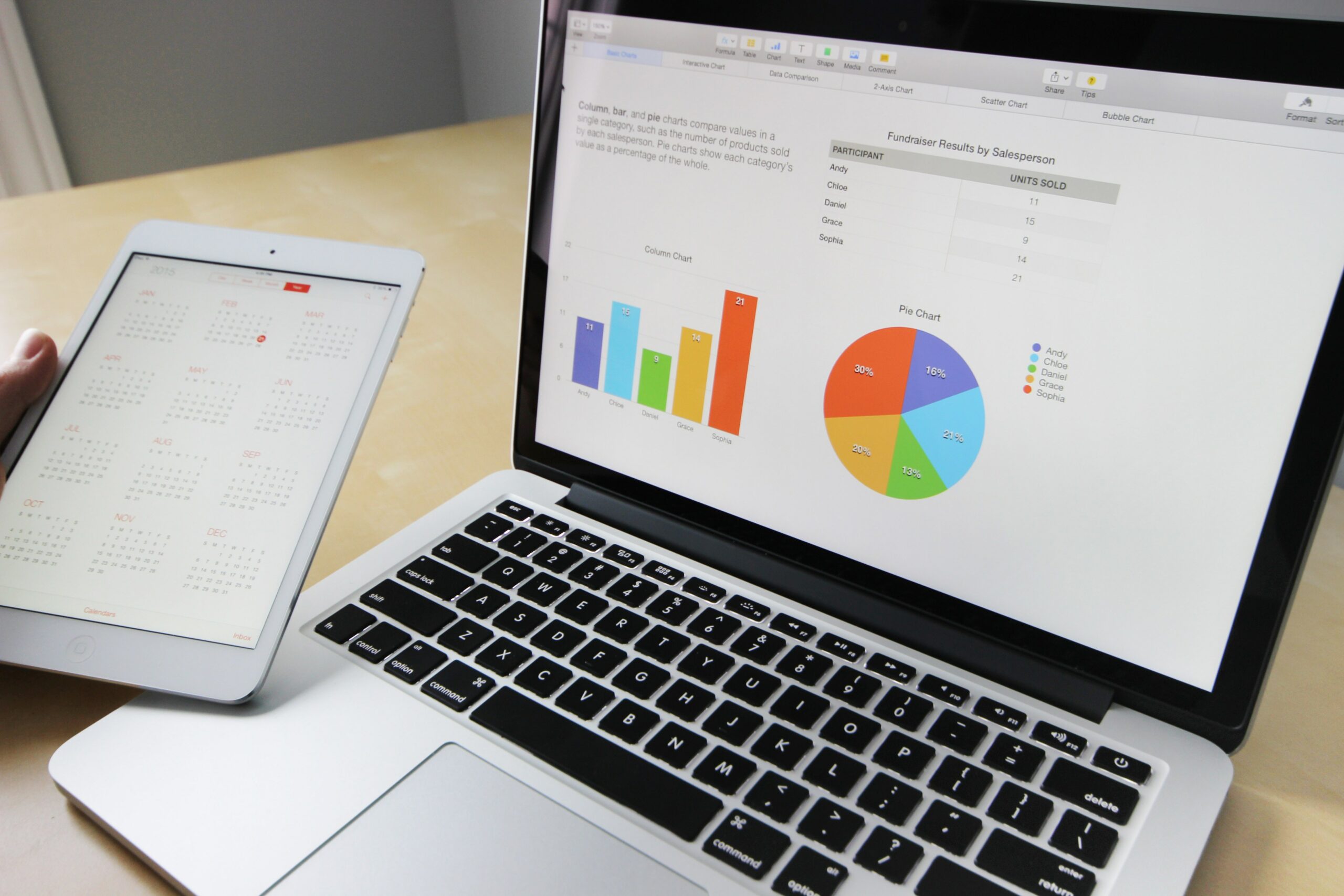A Solo 401k plan, also known as the one-participant 401k, is a powerful retirement savings tool designed for self-employed individuals and small business owners with no employees. One of the unique features of a Solo 401k is the ability to take out a loan against your retirement savings.
This article will explore all aspects of Solo 401k loans, from the basics of how they work to the specific rules and benefits, helping you make informed decisions about your retirement planning.
What is a Solo 401k?
A Solo 401k is a retirement plan designed for self-employed individuals or business owners with no full-time employees other than themselves and their spouses. It offers the same benefits as a traditional 401k, including tax-deferred growth and the potential for significant retirement savings.
However, Solo 401k plans also offer additional advantages, such as higher contribution limits and the option to take out a loan.
Key Benefits of a Solo 401k
- Higher Contribution Limits: Solo 401k plans allow for substantial contributions, combining both employer and employee contributions, which can significantly boost your retirement savings.
- Tax Advantages: Contributions to a Solo 401k can be made on a pre-tax or Roth (after-tax) basis, providing flexibility in managing your taxable income.
- Loan Option: One of the standout features of a Solo 401k is the ability to borrow from your retirement savings, which is not available with many other retirement plans.
How Does a Solo 401k Loan Work?
A Solo 401k loan allows you to borrow money from your retirement account, using your account balance as collateral. The loan process is straightforward and provides a way to access funds without triggering taxes or penalties as long as the loan is repaid according to the plan rules.
Loan Amount and Repayment Terms
- Maximum Loan Amount: You can borrow up to 50% of your vested account balance or $50,000, whichever is less. This means if you have $80,000 in your Solo 401k, you can borrow up to $40,000.
- Repayment Terms: The loan must be repaid within five years, with payments made at least quarterly. The repayment period can be extended if the loan is used to purchase a primary residence.
- Interest Rates: The interest rate for a Solo 401k loan is typically set at the prime rate plus 1%, ensuring that you pay back the loan with interest to your retirement account.
Tax Implications
Taking out a Solo 401k loan does not trigger taxes or penalties, provided the loan is repaid according to the terms. Suppose you fail to repay the loan on time. In that case, the outstanding balance will be considered a distribution and subject to income taxes and potentially an early withdrawal penalty if you are under 59½.
Advantages of a Solo 401k Loan

- Access to Funds
One of the most significant advantages of a Solo 401k loan is the ability to access your retirement funds without incurring taxes or penalties. This can be particularly beneficial in times of financial need, such as covering unexpected expenses or taking advantage of investment opportunities.
- Flexibility in Repayment
The repayment terms of a Solo 401k loan are flexible, allowing you to repay the loan over five years with regular payments. This flexibility can make managing the loan and other financial obligations easier.
- Potential for Low-Cost Borrowing
The interest rate on a Solo 401k loan is generally lower than rates on credit cards or personal loans, making it a cost-effective borrowing option. Additionally, the interest paid on loan goes back into your retirement account, effectively paying yourself rather than a lender.
Disadvantages of a Solo 401k Loan
- Impact on Retirement Savings
Borrowing from your Solo 401k can have a negative impact on your retirement savings. The money you take out is no longer invested and growing tax-deferred. This could result in a smaller retirement nest egg, especially if you cannot repay the loan promptly.
- Risk of Default
If you are unable to repay the loan within the specified terms, the outstanding balance will be treated as a distribution. This means you will owe income taxes on the amount, and if you are under 59½, you may also face a 10% early withdrawal penalty.
- Opportunity Cost
Using a Solo 401k loan for non-investment purposes can lead to missed opportunities. The borrowed funds are not working for you in the market, which could result in lower overall returns on your retirement investments.
Eligibility and Requirements for a Solo 401k Loan
To be eligible for a Solo 401k loan, you must have an active Solo 401k plan with a sufficient vested balance to support the loan. Additionally, you must be self-employed or a business owner with no full-time employees other than your spouse.
Plan Requirements
Your Solo 401k plan must include a loan provision. Not all Solo 401k plans offer this feature, so checking with your plan provider is essential. If your current plan does not include a loan option, you may need to amend the plan or switch to a provider that offers this flexibility.
Uses for a Solo 401k Loan

Personal Expenses
A Solo 401k loan can be a lifeline for covering significant personal expenses, such as medical bills, home repairs, or educational costs. By using the loan for these purposes, you avoid the high interest rates associated with credit cards or personal loans, and the interest paid goes back into your retirement account.
Business Investments
As a self-employed individual or small business owner, you might consider using a Solo 401k loan to invest in your business. This could include purchasing equipment, expanding operations, or covering short-term cash flow needs. Using retirement funds for business purposes can be a strategic way to grow your business without depleting personal savings.
Real Estate Purchases
While the standard repayment period for a Solo 401k loan is five years, loans used to purchase a primary residence can have extended repayment terms. This can make a Solo 401k loan an attractive option for first-time homebuyers or those looking to invest in real estate as part of their retirement strategy.
Steps to Take Out a Solo 401k Loan
- Review Your Plan: Confirm that your Solo 401k plan allows for loans. If it does not, you may need to amend the plan or switch to a provider that includes loan provisions.
- Calculate Your Loan Amount: Determine how much you can borrow, up to 50% of your vested account balance or $50,000, whichever is less.
- Submit a Loan Application: Contact your plan administrator to submit a loan application. You will need to provide details on the loan amount, purpose, and repayment terms.
- Approval and Disbursement: Once your loan is approved, you will receive the funds, and the loan will be documented with the repayment schedule and interest rate.
- Repayment: Begin making regular payments according to the schedule, ensuring you stay within the terms to avoid penalties.
Frequently Asked Questions About Solo 401k Loans
Can I take multiple loans from my Solo 401k?
Yes, you can take multiple loans from your Solo 401k as long as the total amount does not exceed the allowed maximum (50% of your vested balance or $50,000). Each loan must be repaid according to its terms, and you must ensure you do not default on any loan to avoid penalties. Another important note is that the highest outstanding balance over the prior 12 months must be considered when calculating the allowable loan amount for new loans.
What happens if I default on a Solo 401k loan?
If you default on a Solo 401k loan, the outstanding balance will be treated as a distribution. This means you will owe income taxes on the amount, and if you are under 59½, you may also face a 10% early withdrawal penalty.
Are Solo 401k loan repayments tax-deductible?
No, the repayments on a Solo 401k loan are not tax-deductible. The repayments consist of both principal and interest, and while the interest is paid back into your Solo 401k account, it does not provide any additional tax benefit.
Can I use a Solo 401k loan to pay off debt?
Yes, a Solo 401k loan can be used to pay off high-interest debt. This can be a strategic move to lower your overall interest payments, as the interest rate on a Solo 401k loan is typically lower than that of credit cards or other personal loans. However, weighing the benefits against the potential impact on your retirement savings is important.
How quickly can I receive funds from a Solo 401k loan?
The time frame for receiving funds from a Solo 401k loan can vary depending on your plan administrator. Generally, once your loan application is approved, you can receive the funds within a few days to a couple of weeks. It’s best to check with your plan provider for specific timelines.
Can I take a Solo 401k loan if I have an existing loan from another retirement plan?
Yes, you can take a Solo 401k loan even if you have an existing loan from another retirement plan, such as a traditional 401k. However, you must ensure that the total loan amount from all plans does not exceed the legal limit, and you must manage repayments for all loans concurrently to avoid defaults and penalties.






2 Responses
Excellent explanation and FAQs.
Thanks so much, Richard and glad this helped!